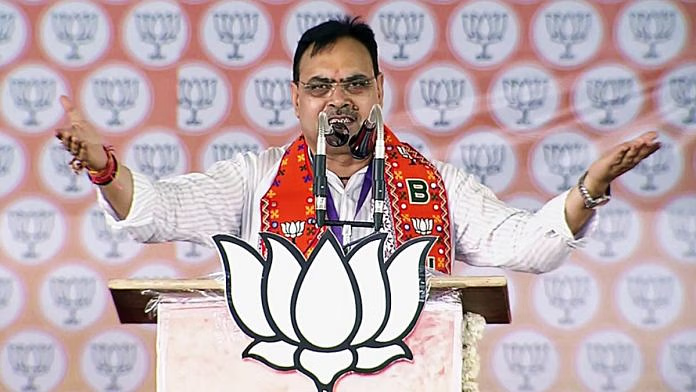Introduction
As India prepares for the long-awaited 2027 digital caste census, announced by Honb. Union Home Minister, it compels us to critically revisit the last comprehensive dataset, the 2011 Census, to understand the lived realities of marginalized communities. In Rajasthan, where Scheduled Castes (SCs) constitute a significant segment of the population, such an exercise is not just statistical but profoundly political. While Rajasthan is often celebrated for its majestic forts, royal heritage, and vibrant culture, its social landscape remains deeply scarred by the entrenched caste system that has historically relegated SCs to the margins. Rooted in a legacy of Rajput princely rule and dominant landowning castes, SCs in Rajasthan have long been confined to rigid, hereditary occupations such as agricultural labour, leather work, and sanitation duties, structurally excluded from mainstream socio-economic mobility. Scheduled Castes (SCs) make up approximately 17.8% of Rajasthan’s population, with 12,221,593 individuals recorded in the 2011 Census, making it the sixth-largest SC population among Indian states, spread across both rural and urban districts . The state comprises over 60 SC communities, including major groups like Jatav/Chamar, Bairwa/Berwa, Meghwal, Khatik, Balai, and Sansi, as listed by the Government of Rajasthan . These communities are prominently concentrated in eastern and southern districts, such as Nagaur, Bhilwara, Karauli, and Tonk, though urban centres like Jaipur also host sizable SC populations . Despite constitutional safeguards, SCs lag significantly in socio-economic indicators: the overall literacy rate among SCs stands at 60.4%, with male literacy at 73.8% and female literacy trailing at 44.6%, compared to the state average of 67.1%, as noted in the NFHS-5 Rajasthan Fact Sheet. Reflecting their electoral importance, 34 out of 200 Assembly seats and 4 out of 25 Lok Sabha seats are reserved for SCs under the 2008 Delimitation Order. These structural and demographic realities make SCs a politically influential group, central to the formulation of welfare schemes, the rise of social justice politics, and the recalibration of party strategies in Rajasthan.
Historical background
The historical marginalization of Dalits in Rajasthan is deeply rooted in its feudal and caste-based structures. Under the Rajput princely states and jagirdari system, Dalits were confined to roles deemed “impure”, agricultural labour, leatherwork, and sanitation and were subjected to systemic exclusion and violence. Unlike Maharashtra or Tamil Nadu, Rajasthan did not experience strong early anti-caste reform movements, leaving Dalit communities “politically dormant and socially vulnerable” long after independence. A 2006 ethnographic study conducted in Chakwada (Jaipur district) observed that “many humiliating practices of the past have ceased, but caste discrimination continues in many forms,” highlighting how deep-seated exclusion endured well into the 21st century.
Click Here To Download The Paper


📌Analysis of Bills and Acts
📌 Summary of Reports from Government Agencies
📌 Analysis of Election Manifestos

